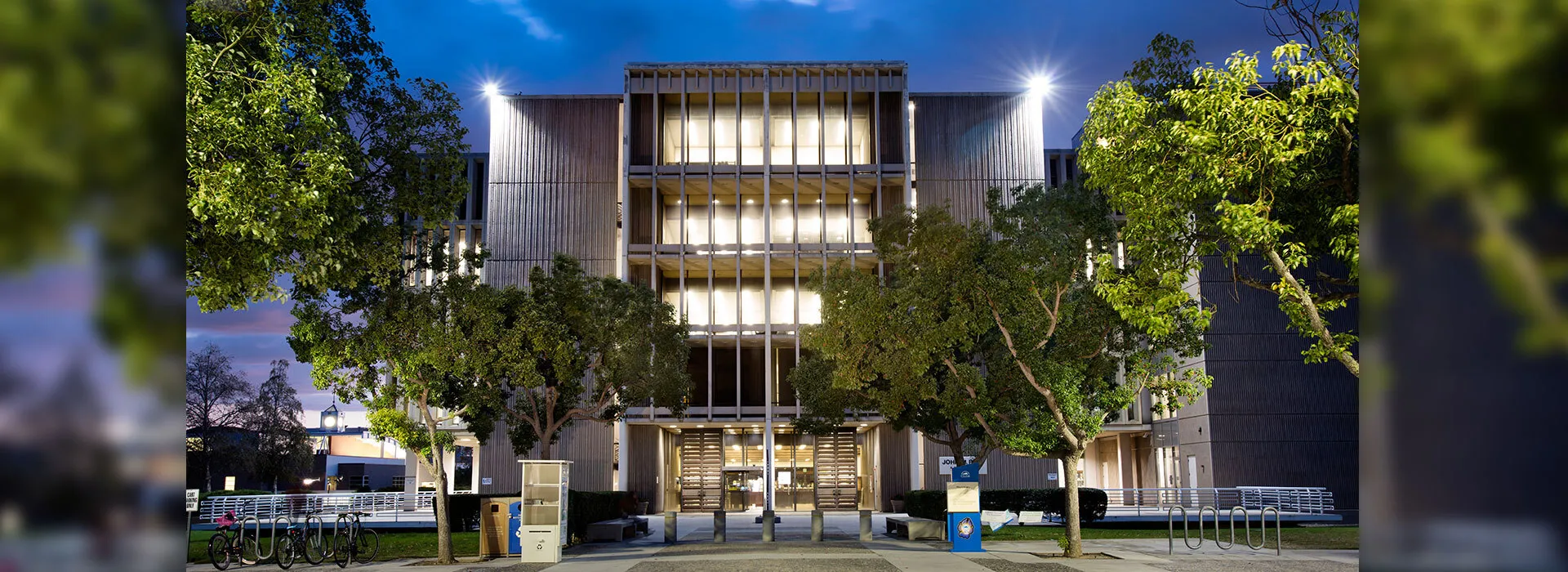
Renowned Egyptologist and best-selling author Kara Cooney will examine the mystery and ambition surrounding the woman who would be king in her lecture “Hatshepsut: The Woman Who Ascended the Throne of Ancient Egypt” at Cal State San Bernardino’s Robert and Frances Fullerton Museum of Art, Thursday, Oct. 8, at 6 p.m.
After seven years serving as regent to Thutmose II, Hatshepsut assumed the title and full powers of pharaoh herself, only the third woman to do so in 3,000 years of ancient Egyptian history. Cleopatra, who also assumed such power, would rule some 14 centuries later. Often depicted by contemporaries as a male, by her own orders, Hatshepsut was largely unknown to scholars until the 19th century.
Almost no evidence of successful, long-term female leaders exists from the ancient world. Only the female king of Egypt, Hatshepsut, was able to take on formal power for any considerable length of time, and even she had to share power with a male ruler. Given this social reality, how then did Hatshepsut negotiate her leadership role? Why did she ascend the throne as a king? How are we to find this woman’s power when it is cloaked by traditional patriarchal systems? This lecture will work through the ample evidence for Hatshepsut’s reign in an attempt to find the woman behind the statues, monuments, stelae, and obelisks.
Kathlyn (Kara) Cooney is a professor of Egyptian art and architecture at UCLA. Specializing in craft production, coffin studies and economies in the ancient world, Cooney received her Ph.D. in Egyptology from Johns Hopkins University. In 2005, she was co-curator of “Tutankhamun and the Golden Age of the Pharaoh” at the Los Angeles County Museum of Art. Cooney produced and hosted a comparative archaeology television series with her husband, Neil Crawford, titled “Out of Egypt,” which aired in 2009 on the Discovery Channel and is available online via Amazon.
“The Woman Who Would Be King: Hatshepsut’s Rise to Power in Ancient Egypt” is Cooney’s first trade book, and it benefits from her immense knowledge of Egypt’s ancient history to craft an illuminating biography of its least well-known female king. As an archaeologist who spent years at various excavations in Egypt, Cooney draws from the latest field research to fill in the gaps in the physical record of Hatshepsut. Published by Crown Publishing Group, the book was released on Oct. 14, 2014.
In the meantime, Cooney’s current research in coffin reuse, primarily focusing on the 20th Dynasty, is ongoing. Her research investigates the socioeconomic and political turmoil that have plagued the period, ultimately affecting funerary and burial practices in ancient Egypt. This project has taken her around the world over the span of five to six years to study and
document more than 300 coffins in collections, including those in Cairo, London, Paris, Berlin and Vatican City.
She currently resides in Los Angeles, Calif.
About RAFFMA
The Robert and Frances Fullerton Museum of Art is a nationally recognized museum accredited by the American Alliance of Museums. The only accredited art museum in San Bernardino, RAFFMA has accumulated a permanent collection of nearly 1,200 objects focusing on Egyptian antiquities, ceramics and contemporary art. Located at Cal State San Bernardino, RAFFMA houses the largest permanent and public display of Egyptian art in Southern California.
General admission to the museum is free. Suggested donation is $3. Parking at Cal State San Bernardino is $6 per vehicle and $3 on weekends.
The museum is open Monday – Wednesday and Saturday 10 a.m.-5 p.m., Thursday 11 a.m. – 7 p.m. and closed Friday and Saturday. For more information, call (909) 537-7373 or visit the RAFFMA website.